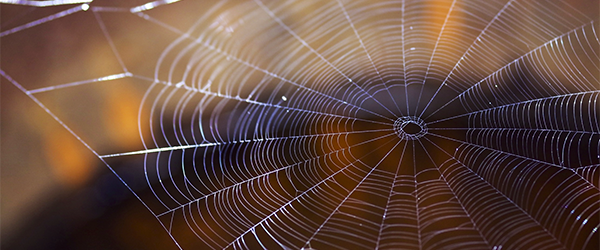
Spider silk is incredible stuff. It is one the strongest materials in the world for its weight, and its potential uses are hugely diverse, from building armor to creating artificial skin and helping people with injuries and disabilities by treating spinal cord damage or improving the microphones in hearing aids. Now researchers from Massachusetts Institute of Technology (MIT) have discovered a new property of this remarkable natural material that could make it the robotic muscle of the future.
The team found that not only are spider silk fibers very resilient, but they also have a peculiar response to changes in humidity. When the air around the fibers reaches a certain level of relative humidity, they suddenly twist and contract. This contraction is strong enough that it could potentially be used as an actuator, for example to open a valve.
This was tested by suspending a weight from a silk strand and enclosing it within a chamber. When the scientists increased the humidity inside the chamber, the weight began to rotate. “It was out of our expectation,” Dabiao Liu, associate professor at Huazhong University of Science and Technology in Wuhan, China, and member of the research team said in a statement. “It really shocked me.”
The researchers call this property supercontraction. The silk exerts a strong force because as well as shrinking in the humidity, the fibers also twist to provide torsional force. This is unlike other fibers, either natural or man-made, and it appears to be unique to spider silk.
Strangely, researchers aren’t sure which function this twisting motion plays in the natural world or what use it is to the spider. They haven’t found any biological significance to this most peculiar property, though they can think of plenty of ways this mechanism can be useful for human technological developments.
“This could be very interesting for the robotics community,” researcher Professor Markus Buehler, head of the Department of Civil and Environmental Engineering, said in the same statement, suggesting it could be used to control certain kinds of sensors or control devices. “It’s very precise in how you can control these motions by controlling the humidity.”
Pupa Gilbert, a professor of physics, chemistry, and materials science at the University of Wisconsin at Madison, was not involved in the study but was equally impressed by its potential: “This is like a rope that twists and untwists itself depending on air humidity,” he said. “The molecular mechanism leading to this outstanding performance can be harnessed to build humidity-driven soft robots or smart fabrics.”
The findings are published in the journal Science Advances.




